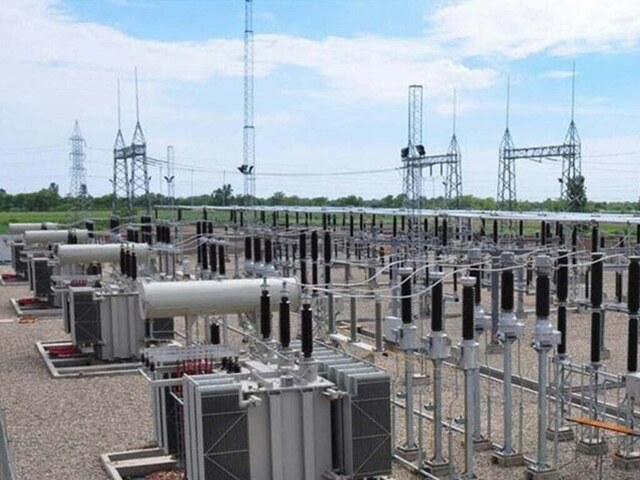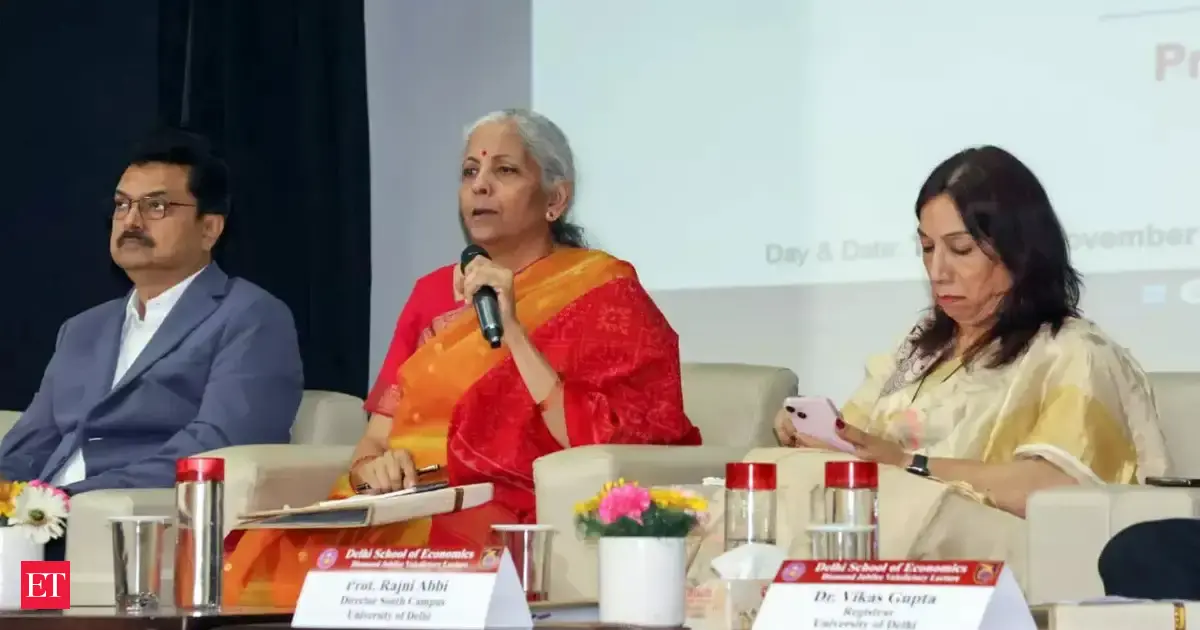Copyright brecorder

The chronic energy crisis driven by soaring tariffs, burgeoning circular debt, and heavy dependence on imported fuel, demands a policy overhaul. While policymakers debate on subsidies and capacity payments, China is already demonstrating the impact of a consistent, long-term solar policy. In just over a decade, China has gone from being a power-starved country to the world’s largest solar producer and consumer, demonstrating that industrial policy and energy reform can move in lockstep. Beijing began its path towards solarisation in 2009 under the Golden Sun programme, providing large capital subsidies (up to 70 percent of initial costs) that induced an initial wave of grid-connected projects (IEA Policies Database, 2009). In addition, a national feed-in tariff guaranteed producers between RMB 1.0 and 1.15 per kWh that aided to build confidence in the larger scale deployment. What made China’s model different, however, was its fusion of industrial and energy policy: every policy to expand solar generation was matched with measures to expand domestic manufacturing. Within just a few years, China has taken over the entire photovoltaic supply chain, accounting for more than 80 percent of world production from polysilicon to finished modules (IEA, 2022). As the industry matured, China phased out subsidies and introduced competitive auctions as well as “grid-parity” projects. In 2021, the National Energy Administration of China launched the Whole County Rooftop Programme, vowing to equip half of the public buildings and one-fifth of the homes in every county with solar panels. This decentralized technique placed solar power generation near the end user, reducing transmission losses and enhancing grid reliability. By 2025, China’s solar capacity surpassed 1.1 terawatts, more than the combined total of United States and Europe. The government is now removing subsidies entirely, with the idea that solar power can stand on its own in the market, supported by green-power trading and renewable-energy certificates. Government-backed loans, tax breaks and R&D grants formed a vertically integrated system that now makes everything from polysilicon to inverters. This scale pushed global panel prices down by more than 90 percent since 2010, resulting in solar as the least-cost source of electricity worldwide (IEA, 2022). China’s grid reforms kept pace with generation. Heavy investment in ultra-high-voltage transmission lines also made it possible to transmit power from desert outposts in Gansu and Xinjiang to eastern centers of demand. Battery and pumped hydro storage capacity grew to over 30GW by 2023, enhancing flexibility and reducing curtailment. Although some provinces continue to have excess capacity over the low-demand months, curtailment rates have sharply declined since 2018 (Global Energy Monitor, 2024). The Chinese experience can be summed up in three simple lessons for Pakistan. First, consistency is more important than short-term incentives. China’s solar policy was uniform across several five-year plans, giving investors a reliable foresight. Meanwhile in Pakistan, the government has alternated between net-metering schemes and sudden adjustments to tariffs, creating uncertainty among consumers and developers. A dedicated national solar mission embedded within NEECA and NEPRA regulation could provide the sort of policy stability that investors are seeking. Secondly, China considered solarisation as an industrial policy, rather than an environmental affinity policy. It localised production, created millions of jobs, and reduced equipment prices. Pakistan continues to import almost all of its solar supplies. A modest localization programme for assembly of panels, frames and inverters at concessionary rates of financing might spur job creation and reduce the financing burden that is exacerbating the circular-debt quagmire. Thirdly, grid readiness matters as much as capacity to generate. China balanced its solar binge by pouring massive investments into ultra-high-voltage transmission, energy storage and flexible dispatch systems. While, renewable integration in Pakistan is limited to micro grids the T&D losses are still over 17%. The energy debate in Pakistan gets boiled down to band aids, buying of cheaper fuel, renegotiating IPPs, adding on more surcharges. But the remedy is structural: building internal capacity, transforming management and reimagining how electricity is supplied and consumed. Pakistan’s energy future does not require discovering new fuels rather following models that are already successful. The revolution in China’s solar industry demonstrates that discipline, scale, and long-term vision can reshape an energy system. Given that Pakistan is endowed with plenty of sunlight, it too can achieve the same if it connects clean energy with industrial development, and regulatory reform. Copyright Business Recorder, 2025



